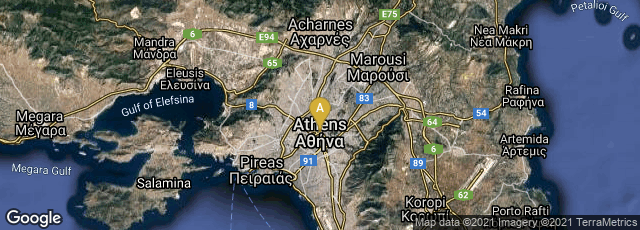

Among the many original descriptions in Aristotle's De historia animalium, the founding work of descriptive zoology, was the first to description of pseudoscorpions. These Aristotle probably found among book rolls in a library where they would have been feeding on booklice. Pseudoscorpions are generally beneficial to humans since they prey on clothes moth larvae, carpet beetle larvae, booklice, ants, mites, and small flies. They are tiny and inoffensive, and are rarely seen due to their size. Aristotle wrote in Book V, Chapter 26 of his De historia animalium:
"1. There are also other minute animals, as I observed before, some of which occur in wool, and in woollen goods; as the moths, which are produced in the greatest abundance when the wool is dusty, as especially if a spider is enclosed with them, for this creature is thirsty, and dries up any fluid which may be present. This worm also occurs in garments. There is one which occurs in old honeycombs, like the creature which inhabits dry wood; this appears to be the least of all creatures, it is called acari, it is white and small. Others also are found in books, some of which are like those which occur in garments; others are like scorpions; they have no tails, and are very small. And on the whole, they occur in everything, so to say, which from being dry, becomes moist, or being moist, becomes dry, if it has any life in it" (Aristotle's History of Animals, In Ten Books, Translated by Richard Cresswell [London, 1862] 135).